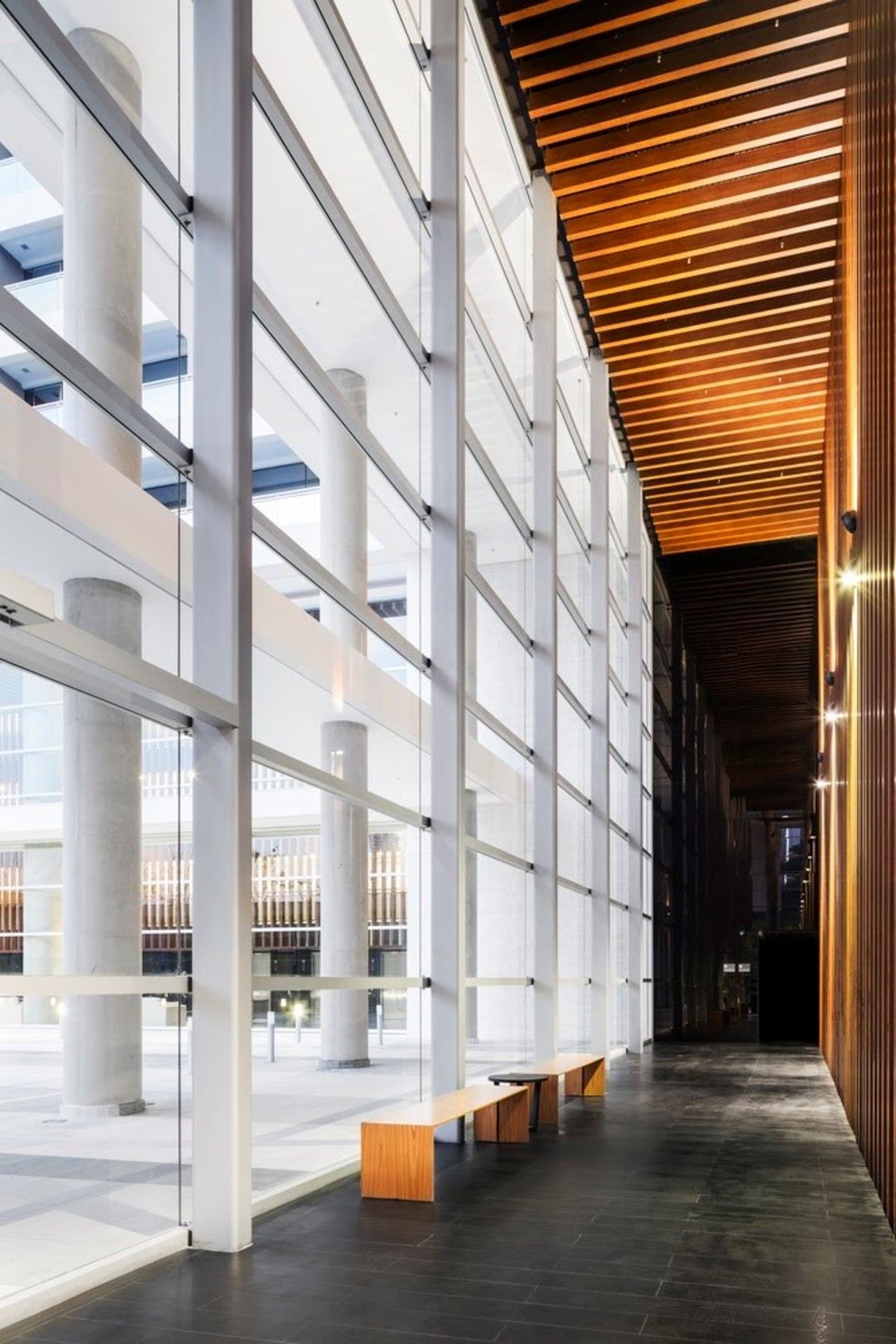With the great development of information technology, today's architects can shorten the design and construction time. Testing from scratch was no longer necessary because it was both laborious and expensive. Before building or operating a project, by thoroughly researching available information, architects can know how the building works in terms of heat, photovoltaic capacity as well as how much electricity is needed to for cooling/heating.
In addition, the application of modern software and tools also helps architects avoid errors in calculations, thereby limiting the generation of unnecessary costs and waste, ensuring maximum efficiency for projects. materials used.

The application of BIM (Building Information Modeling) has become increasingly popular, applied in new construction projects and even renovation projects. BIM provides architects with accurate information, allowing for greater cost control and efficiency in their work. BIM has the ability to simulate all information about a completed project, understand how the building works before construction begins, and support the project throughout all stages, including post-construction. build, disassemble and even destroy.
Take for example the problem of thermal efficiency of a building: the building's wall is the first barrier between the outside and inside climates, where heat exchange occurs. The heat transfer capacity, also known as the U-value, allows us to know the degree of insulation in relation to the % of heat passing through the enclosure: a low calorific value indicates that the wall surface is well insulated; conversely, high heat will warn of a wall surface lacking thermal insulation. This analysis is performed for all materials such as brick, concrete, plaster, etc. As for tempered glass, this material has a number of separate calculated parameters.
 Urbanity | Aflalo/gasperini arquitetos. Photo: Ana Mello
Urbanity | Aflalo/gasperini arquitetos. Photo: Ana Mello
Glass walls have long been considered a bad choice due to their negative impact on the environment, but now there are a number of improved types of glass on the market to serve different purposes. color difference, thermal conductivity and interior/exterior relationship. The famous building materials group Saint-Gobain has a wide range of tempered glass solutions for a wide range of use cases. According to Saint-Gobain, when glass is specified for a construction project, it is essential to take into account several factors:
– Its use and location: Is the glazing installation a residential area or a commercial project? Is the building facing south or east?
– What type of facade is planned? Is there a curtain on the wall? Curtains how many layers? Curtain frames with indents?
– What is the desired aesthetic, not only in terms of the aesthetics of the glass but also in terms of the number of panes and frames. What is the required glass color? Grey? Bluish? Reflective or non-reflective?


In addition to the considerations mentioned above, when planning to install glazing on a building, it is also important to take into account the properties of the glass:
Light transmittance: The percentage of visible light that is transmitted directly through the glass. Reflective glass is light that is reflected directly from the outer surface of the glass.
– U-value: The U-value is a measure of the amount of heat when it passes through the glass. The lower the U value, the better the insulating ability of the glass.
– Color rendering index (CRI): The CRI of glass is measured on a scale of 1 to 100. Low CRI provides matte colors and high CRI provides bright, natural colors.
– Solar coefficient: Is the ratio of solar energy transmitted through the glass, measuring the ability of the sun to reduce heat when it passes through the glass into the room. The lower the solar factor, the more glass panels help improve comfort in the building.
– Selectivity: The selectivity of a glass is expressed as the ratio between its light transmittance and the solar coefficient. When the selectivity of the glass is greater than 2, it provides twice as much light as heat.
With the above parameters, the glass performance table is extremely important information in the research and planning phase of construction projects. It allows architects to easily compare the performance of glass products to understand the most appropriate use for each case.

In addition, there are software that help digitally simulate glass materials in each situation to help architects make more appropriate and correct decisions. For example, building glazing supplier Calum Live has calculated the light, energy and thermal efficiency of all individual glazing and the combinations of these glazing to achieve thermal insulation. double, triple efficiency. This is a calculation report that helps architects compare, find alternative solutions and come to a solution with the best long-term effectiveness.

Another concern when installing glass is the aesthetics and color they bring to the building. GlassPro is an interactive software that simulates realistic images of different glass products on building facades, allowing users to view the results under various lighting conditions (cloudy or sunny). This software can be used as a guide for architects to find the most suitable glass for different situations and locations in the building.


In addition, the use of additional shading elements was also a design decision that combined aesthetics with cost effectiveness, protecting the glazing from the majority of solar radiation. Shade.in is a tool to evaluate the effectiveness of sunshade devices, especially if they offer additional design services. This tool analyzes data such as latitude, facade orientation, and shader element type to select the most suitable, effective shading device.

A suitable decision on facade materials, especially glass, will directly affect the level of heat dissipation of the building, construction costs and especially maintenance costs, energy consumption for many years. after the construction is completed. Therefore, architects need to study and carefully consider the aesthetics, characteristics, and specifications of materials.
Translate | H.N (Source: Archdaily)